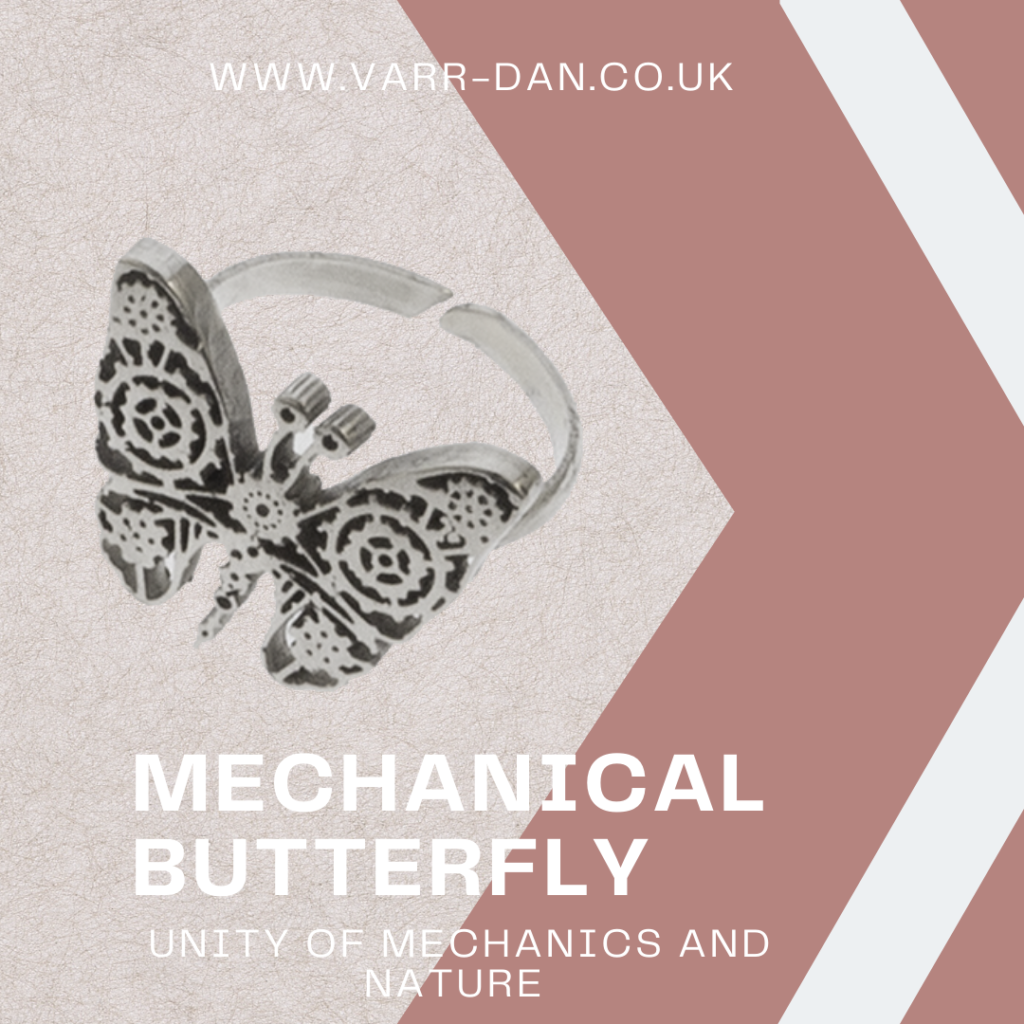
Industrial Revolution
The impact of Industrial Revolution on European society is invaluable. It started shaping modern day Great Britain and all the world as we know it today. This tectonic shift which started in 1760 changed our lives irreversibly. The era where the grandparents pass the professions and occupations to their grandchildren within the families start to vanish. Sons and daughters of blacksmiths and farmers started working in factories side by side. Mass production of goods never seen before changed the quality of life dramatically. Social ideas and romantic vision of those times had a tremendous influence on the evolution of jewellery design, the applied arts, and industrial design throughout the 20th century.
Art Nouveau
In the last decade of the 19th century these revolutionary ideas crystalized in a new international style. This profoundly affected society and radically transformed the world of art from architecture to jewellery design. New style – Art Nouveau – came to depict the changes that took place in the society and the way it lived. A world of naturalistic ornamentation appeared. It was full of colour, with the motifs of flowers and vegetation, insects and birds. For the first time in jewellery design, creativity and imagination were valued more than the materials employed. This allowed jewellers to have much more freedom while creating their jewels.
Art Deco
Art Deco is a style of visual arts, architecture and design that first appeared in France just before the World War I. It influenced the design of buildings, furniture, jewellery, fashion, cars, cinemas, trains, and everyday objects such as radios and vacuum cleaners.
In 1925, Art Deco became the second greatest international movement of industrial arts in the 20th century. Jewellery design became significant part of this movement. Art Deco combined modern styles with fine craftsmanship and rich materials. During its heyday, it represented luxury, glamour, exuberance, and faith in social and technological progress.
Industrial Revolution, Daring Art Nouveau and Art Deco impact on Jewellery Design
In the 1920s and 1930s, designers including René Lalique and Cartier tried to reduce the traditional dominance of diamonds. They were first to introduced in the jewellery craft more colourful gemstones, such as small emeralds, rubies and sapphires. They also placed greater emphasis on very elaborate and elegant settings, featuring less-expensive materials such as enamel, glass, horn and ivory. Diamonds were cut in less traditional forms. Many diamonds cut in the form of tiny rods or matchsticks. The settings for diamonds also changed. More and more often jewellers used platinum instead of gold, since it was strong and flexible, and could set clusters of stones. Jewellers also began to use more dark materials. Enamels and black onyx, for example, were providing a higher contrast with diamonds.
We think that unity of nature and mechanics can be mesmerising. This is reflected in series of our products as a tribute to Industrial Revolution.
If you’re looking for gift then don’t forget that we have a range of fab items in our online shop.
